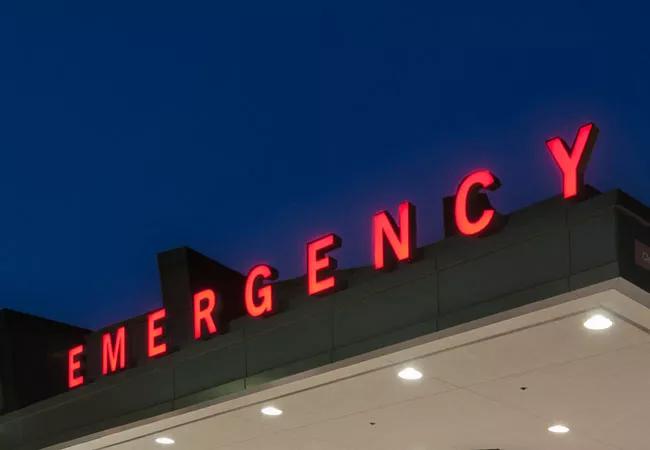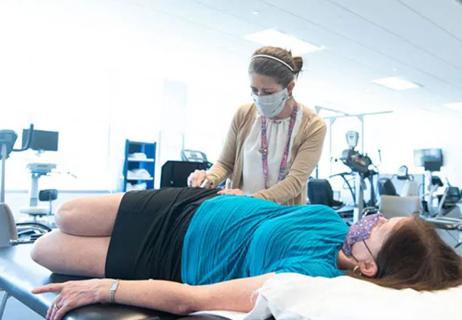Trauma offers the ideal model, says Cleveland Clinic neurosurgeon

For patient triage and transport, let’s treat stroke like trauma.
Cleveland Clinic is a non-profit academic medical center. Advertising on our site helps support our mission. We do not endorse non-Cleveland Clinic products or services. Policy
That’s the argument made by Mark Bain, MD, a neurosurgeon with Cleveland Clinic’s Cerebrovascular Center, in a recent opinion piece published by The Columbus Dispatch, the leading newspaper in Ohio’s capital city.
Dr. Bain cites the model of Level 1 trauma centers adopted by states and localities decades ago as a blueprint for how states should handle policy around emergency medical transport of patients with suspected stroke to the most appropriate care centers.
He argues that hospital designations and EMS protocols should be changed to facilitate transport of these patients directly to a Joint Commission-certified Comprehensive Stroke Center, whenever possible, rather than simply the nearest hospital.
While Dr. Bain’s article was prompted by consideration of specific legislation in Ohio, he notes that the vast majority of U.S. states currently have no EMS protocols for routing stroke patients to Comprehensive Stroke Centers.
If you practice in one of those states and want a model for how to effectively frame this argument for the general public in your community, check out Dr. Bain’s opinion article here.

Q&A with Brain Trauma Foundation guideline architect Gregory Hawryluk, MD, PhD

Q&A with newly arrived autoimmune neurology specialist Amy Kunchok, MD

A neurocritical care specialist shares what’s spurring growth of this new evaluation approach

Focused ultrasound offers a newer alternative to deep brain stimulation

Prehabilitation can help improve outcomes after spine surgery

Get ready for central vein sign and optical coherence tomography

How these new drugs fit into practice two years out from their first approvals

A conversation on the state of physiatry with the AAPM&R’s Vice President